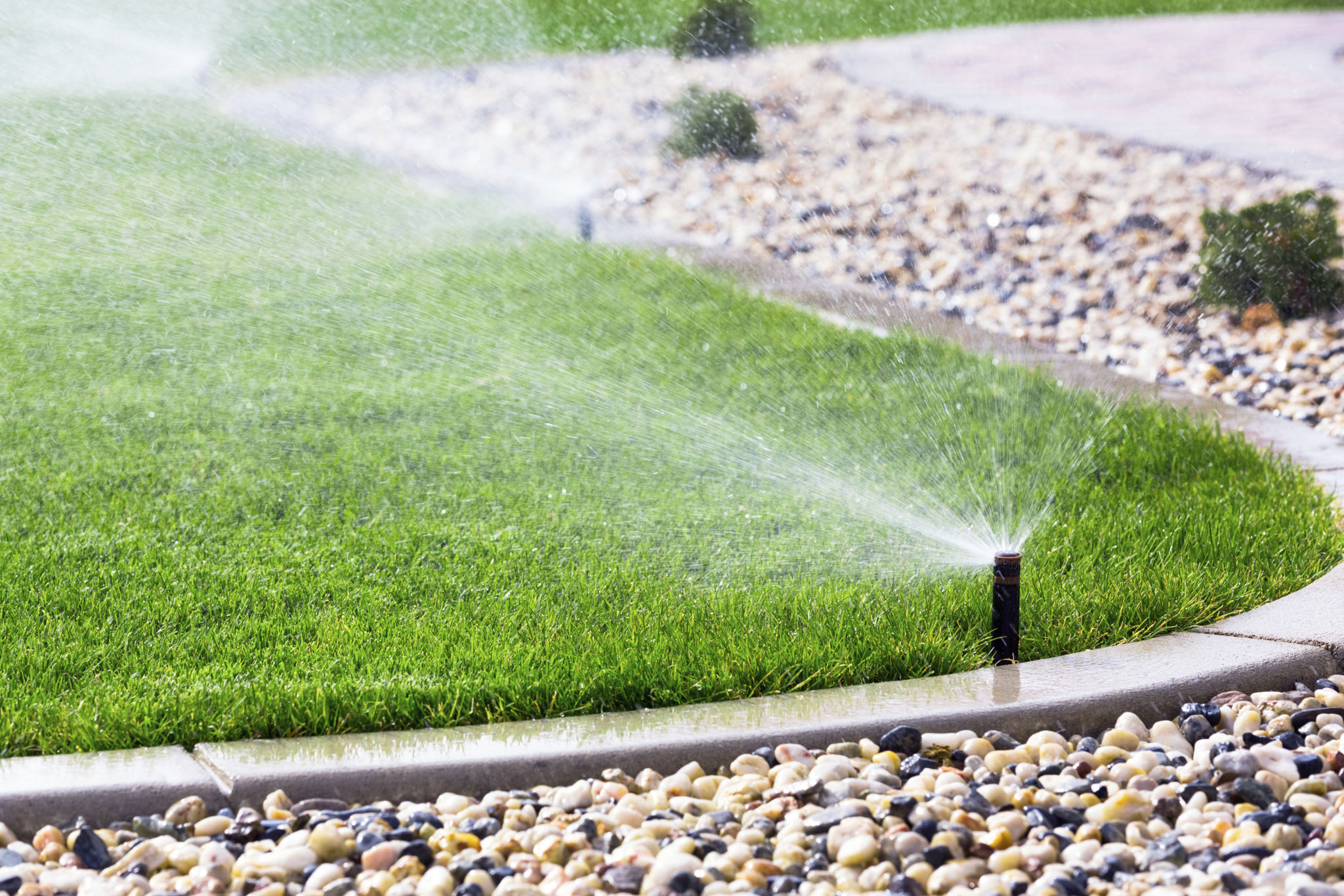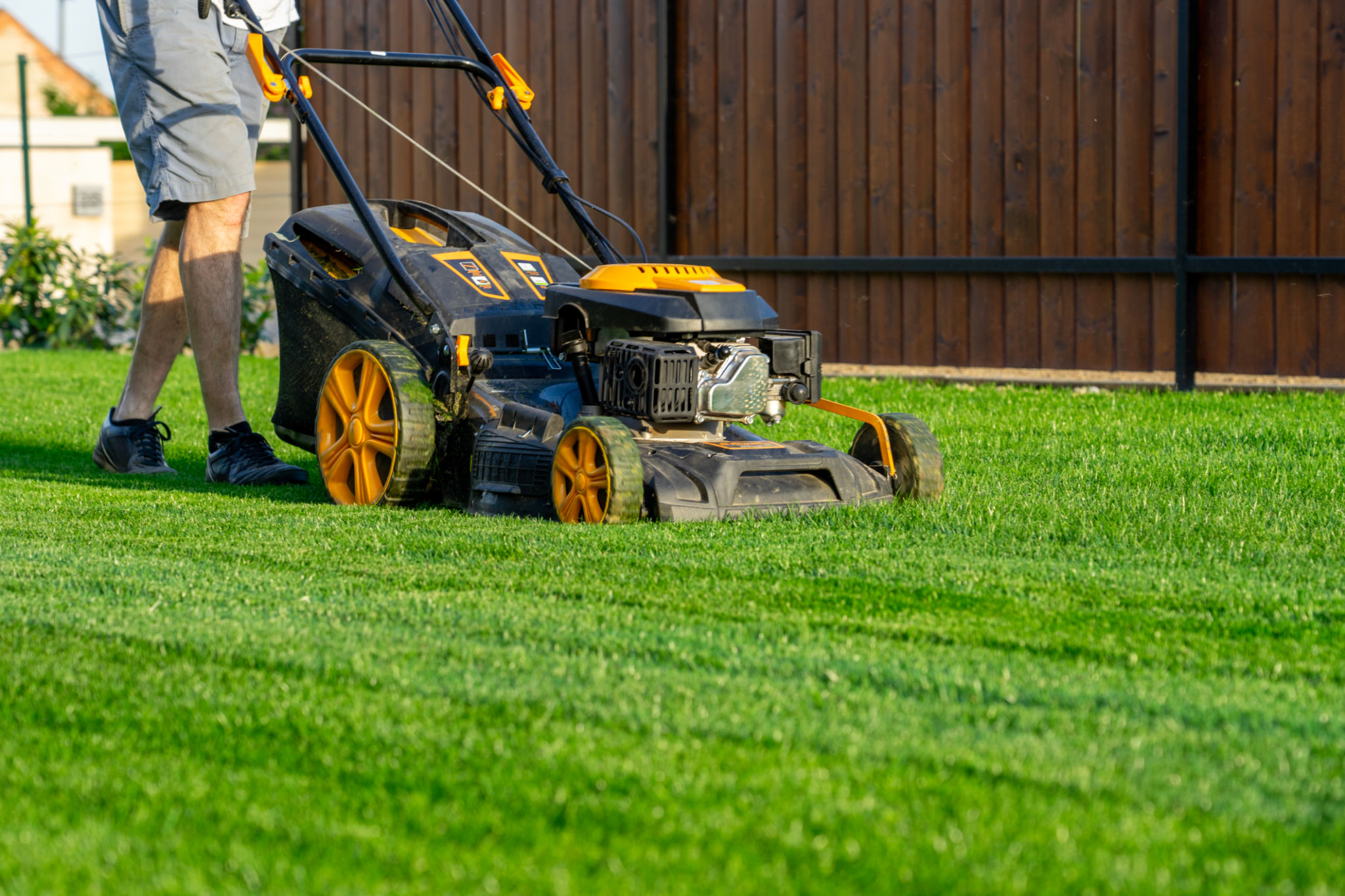Top Residential Lawn Care Tips for Homeowners in Texas
Understanding Texas Climate
Texas is known for its diverse climate, ranging from arid to humid, which can significantly impact how you approach lawn care. Understanding the local weather patterns is crucial to maintaining a lush, green lawn throughout the year. Homeowners should take into account the specific climate zone they reside in to tailor their lawn care practices effectively.
In general, Texas experiences hot summers and mild winters, which means lawn care routines should focus on heat and drought resistance. Selecting the right grass type, such as Bermuda or St. Augustine, can make a substantial difference in how well your lawn thrives in the Texas heat.

Choosing the Right Grass Type
One of the most important decisions a homeowner can make is selecting the appropriate grass type for their lawn. In Texas, popular options include Bermuda grass, St. Augustine grass, and Zoysia grass. Each of these varieties has unique properties that make them suitable for different regions and levels of sunlight exposure.
Bermuda grass is a resilient choice for sunny areas and is highly drought-tolerant, making it ideal for the hotter regions of Texas. On the other hand, St. Augustine grass thrives in shadier areas with higher humidity. For a versatile option, consider Zoysia grass, known for its adaptability to various climates and minimal maintenance requirements.
Watering Wisely
Efficient watering practices are essential for maintaining a healthy lawn in Texas. Given the state's occasional drought conditions, it's crucial to adopt water-saving techniques. Homeowners should aim to water their lawns deeply but infrequently, encouraging deep root growth and enhancing drought resistance.

The best time to water your lawn is in the early morning when temperatures are cooler and winds are calmer. This timing minimizes evaporation and ensures that water penetrates the soil effectively. Consider using a rain gauge or soil moisture sensor to prevent overwatering and maintain an optimal moisture level.
Proper Mowing Techniques
Mowing your lawn correctly can significantly impact its health and appearance. Set your mower blades to the appropriate height based on your grass type; for example, Bermuda grass should be mowed to about 1-1.5 inches, while St. Augustine grass can be kept at 2.5-3 inches.
Regular mowing encourages healthy growth and prevents weeds from taking over your lawn. Be sure to sharpen mower blades regularly to ensure clean cuts and avoid damaging the grass. Additionally, avoid mowing during the hottest part of the day to prevent stress on your lawn.

Fertilization and Soil Health
Maintaining soil health is another critical aspect of successful lawn care in Texas. Fertilizing your lawn provides essential nutrients that promote growth and resilience against pests and diseases. Opt for a balanced, slow-release fertilizer tailored to your specific grass type and regional conditions.
A soil test can be valuable in determining the nutrient needs of your lawn. Based on the results, you can adjust your fertilization schedule accordingly. Incorporating organic matter such as compost can also improve soil structure and fertility over time.
Dealing with Common Lawn Pests
Texas lawns are susceptible to a variety of pests that can damage grass and reduce its visual appeal. Common culprits include chinch bugs, grubs, and armyworms. Regular inspection of your lawn can help identify pest problems early on before they become severe.
If you notice signs of pest activity, such as discolored patches or wilting grass, consider using natural pest control methods or environmentally friendly insecticides. Encouraging beneficial insects like ladybugs can also help keep pest populations in check.

